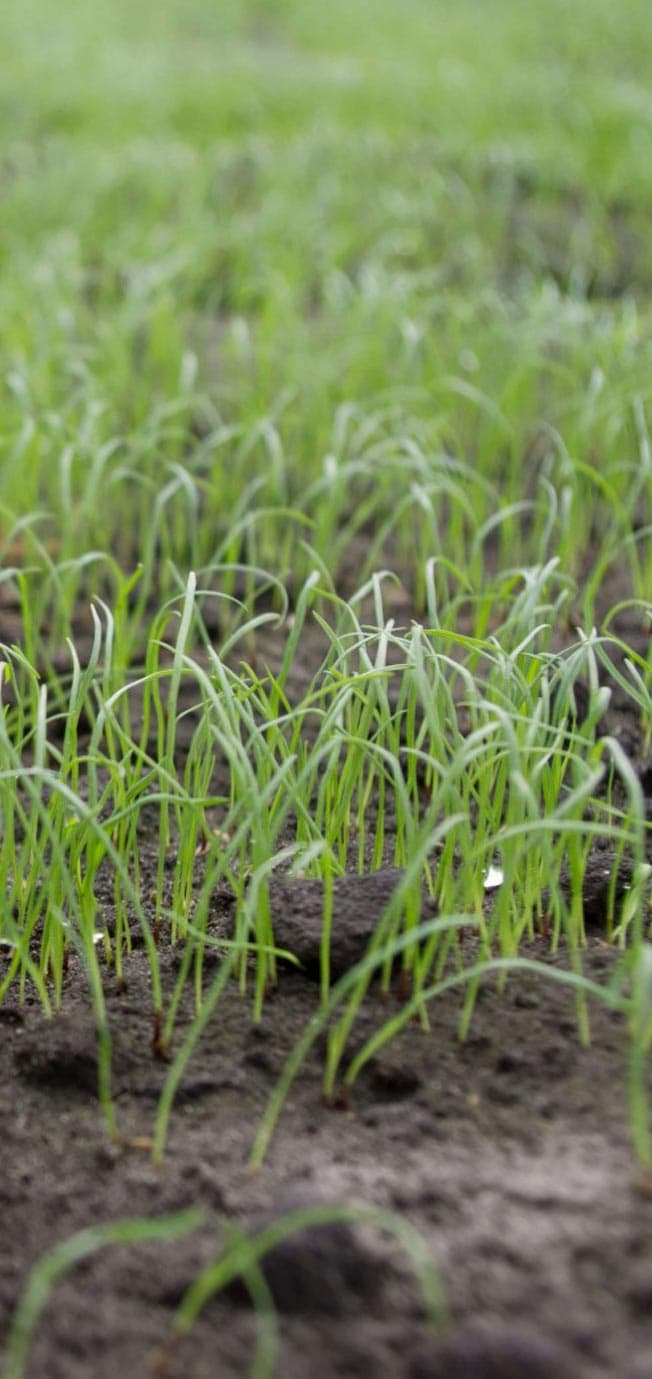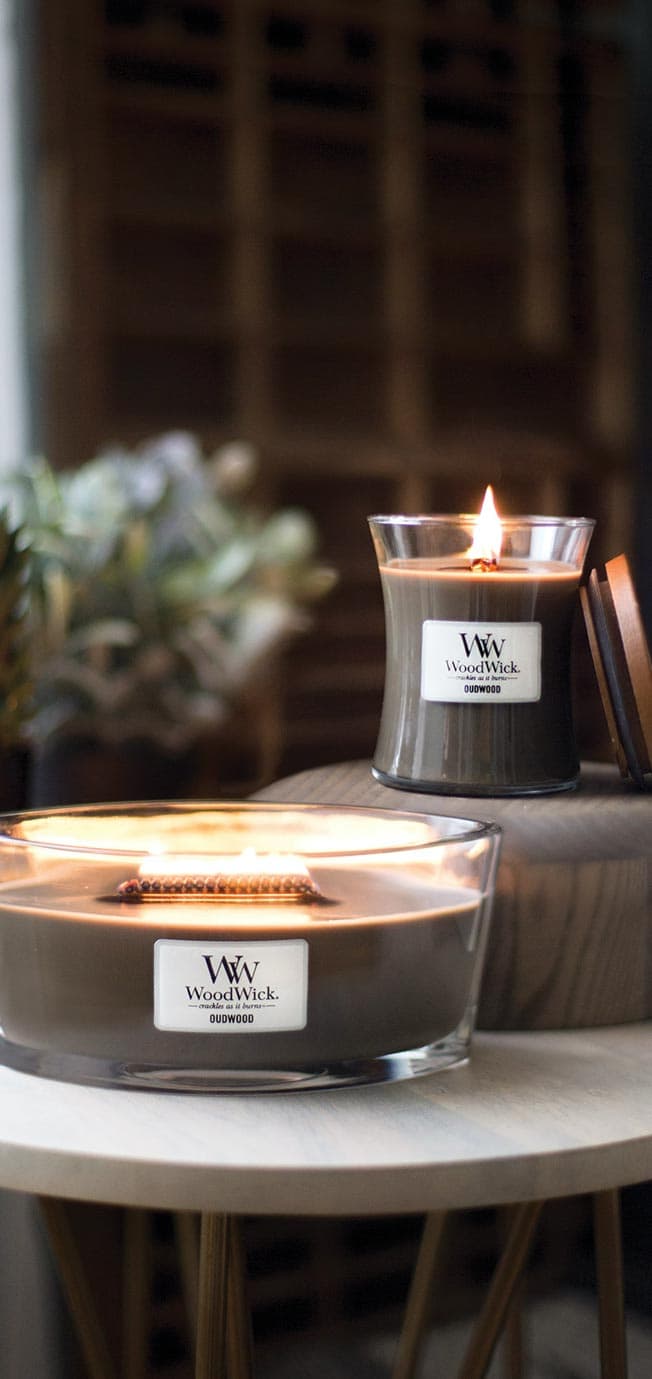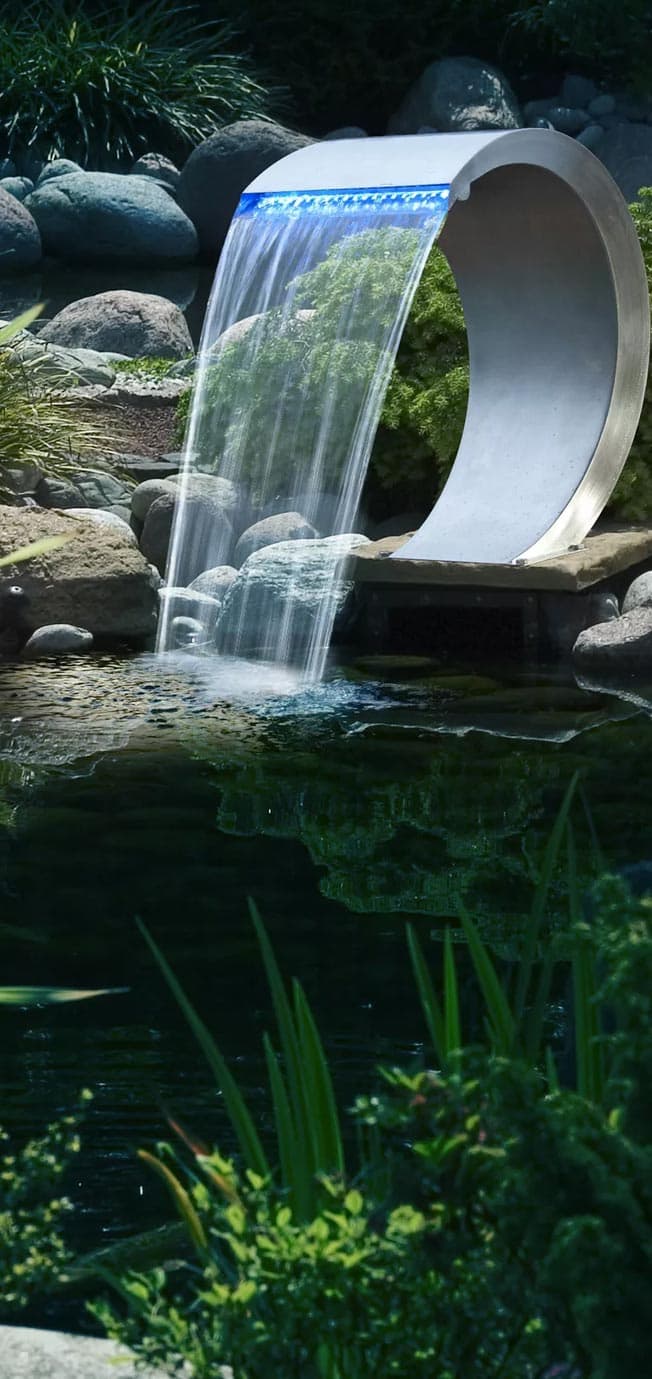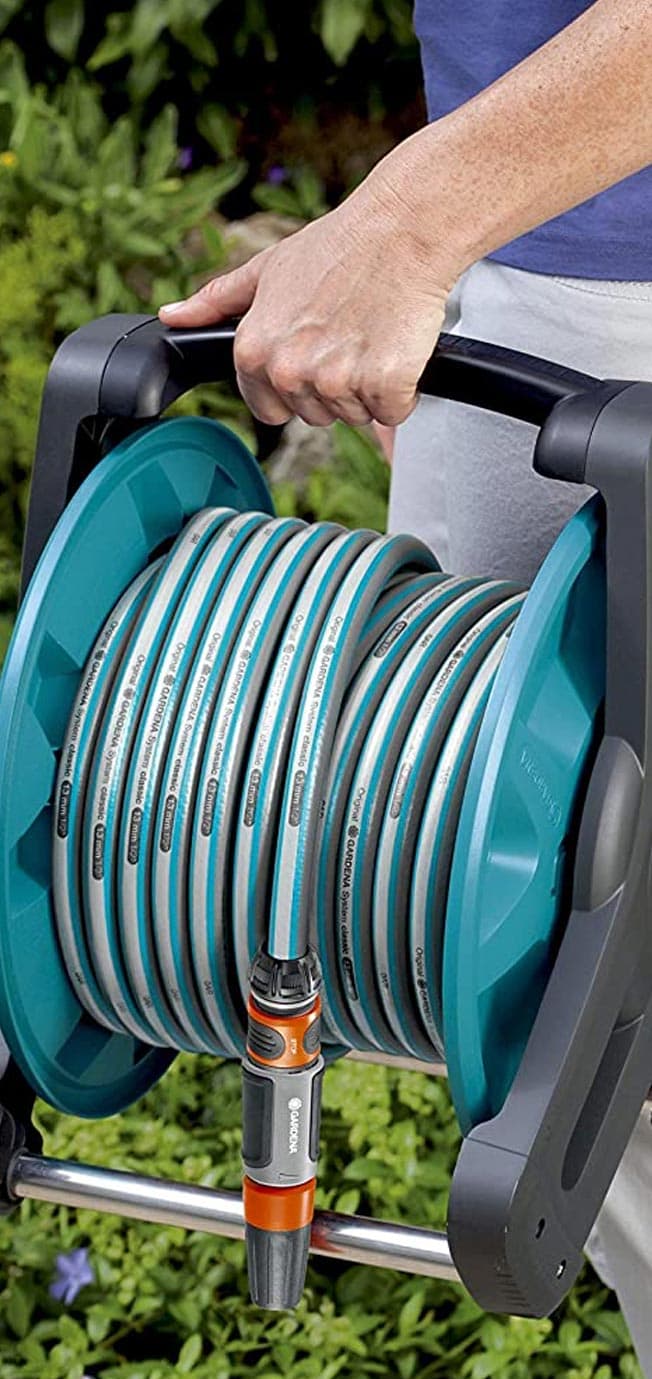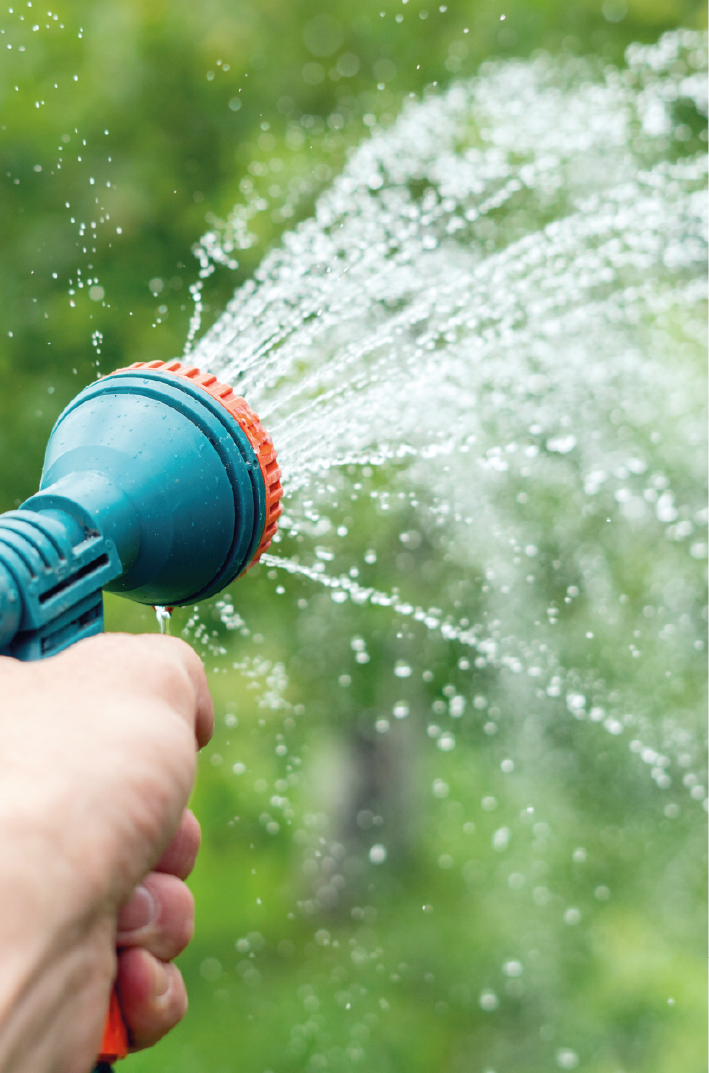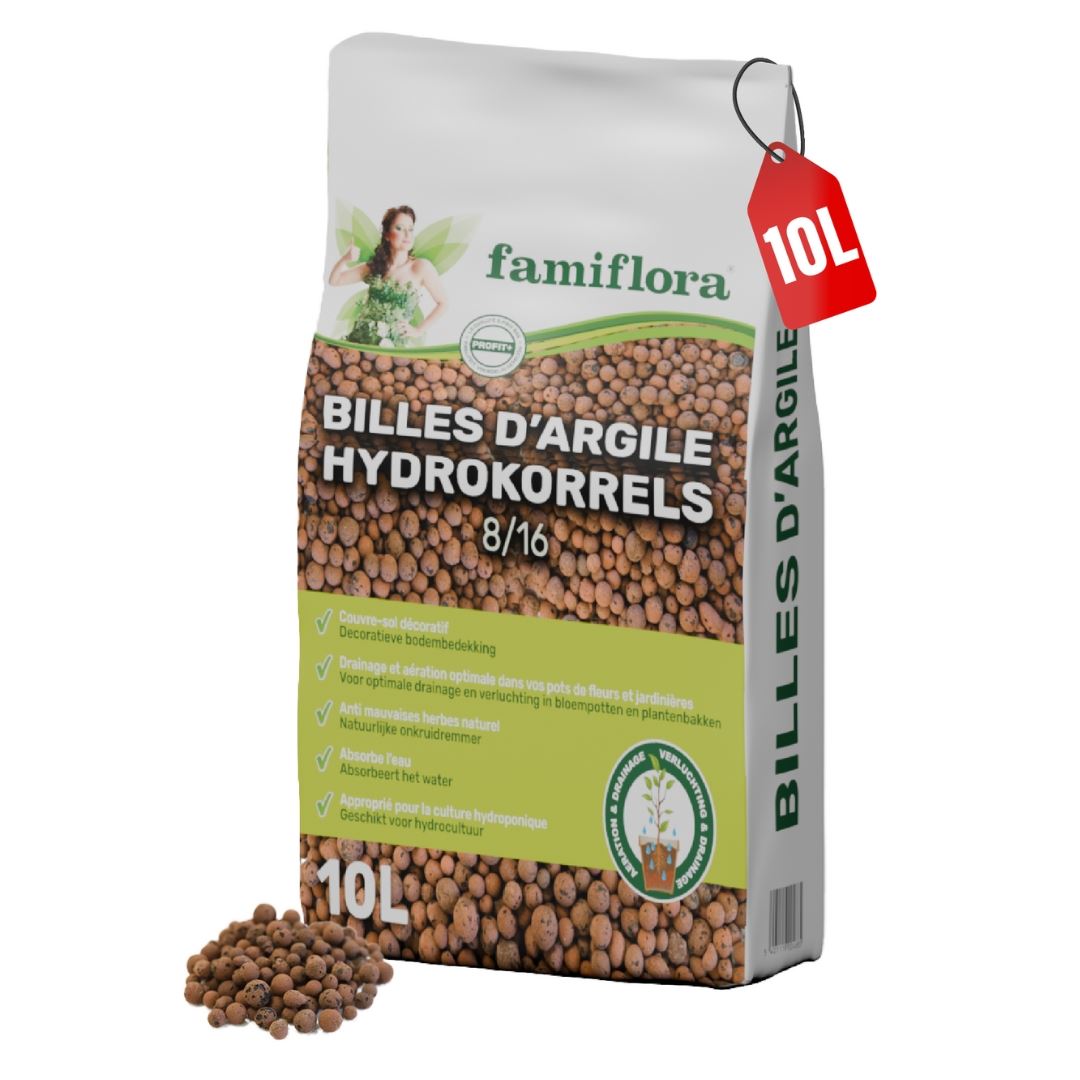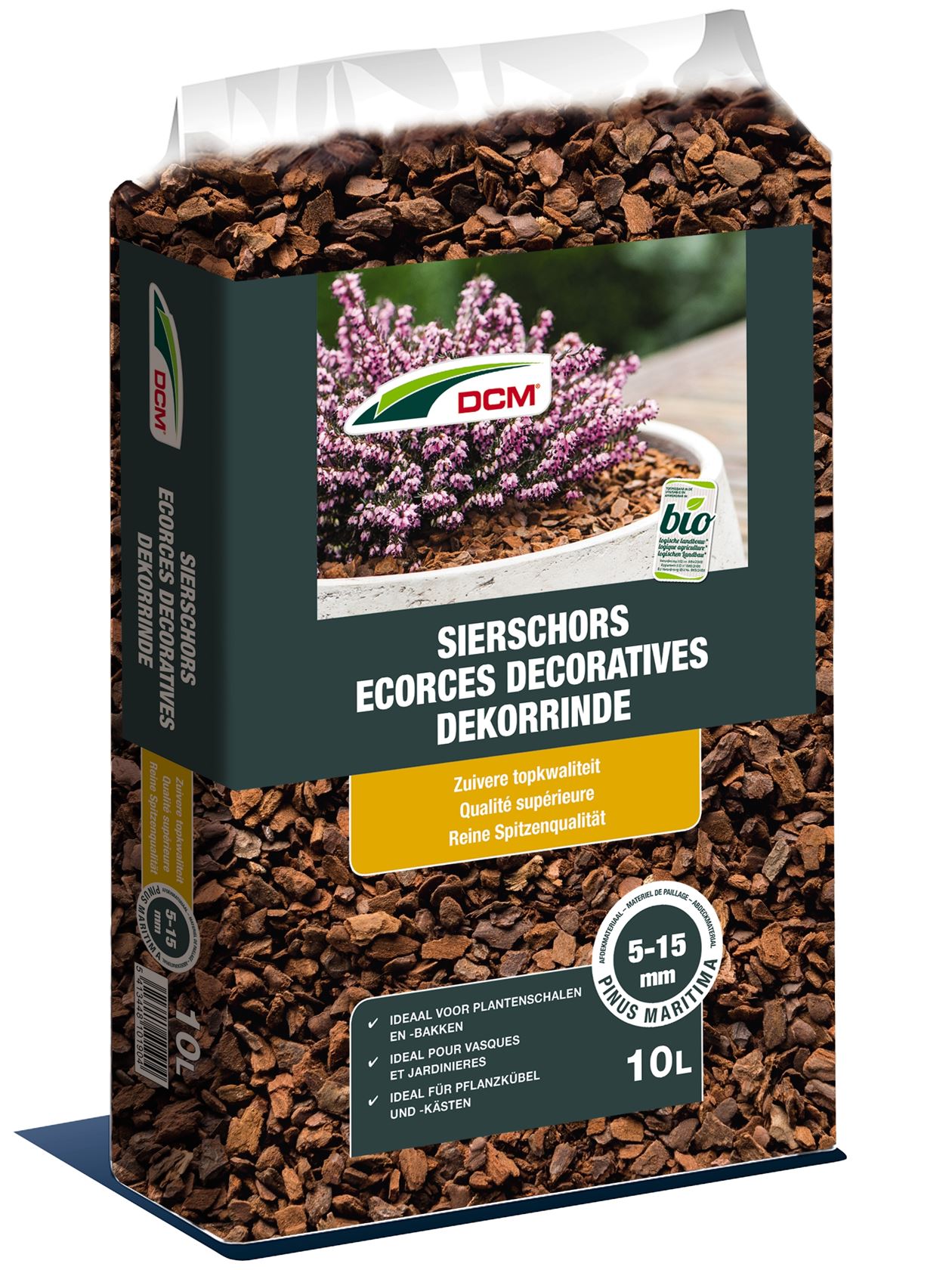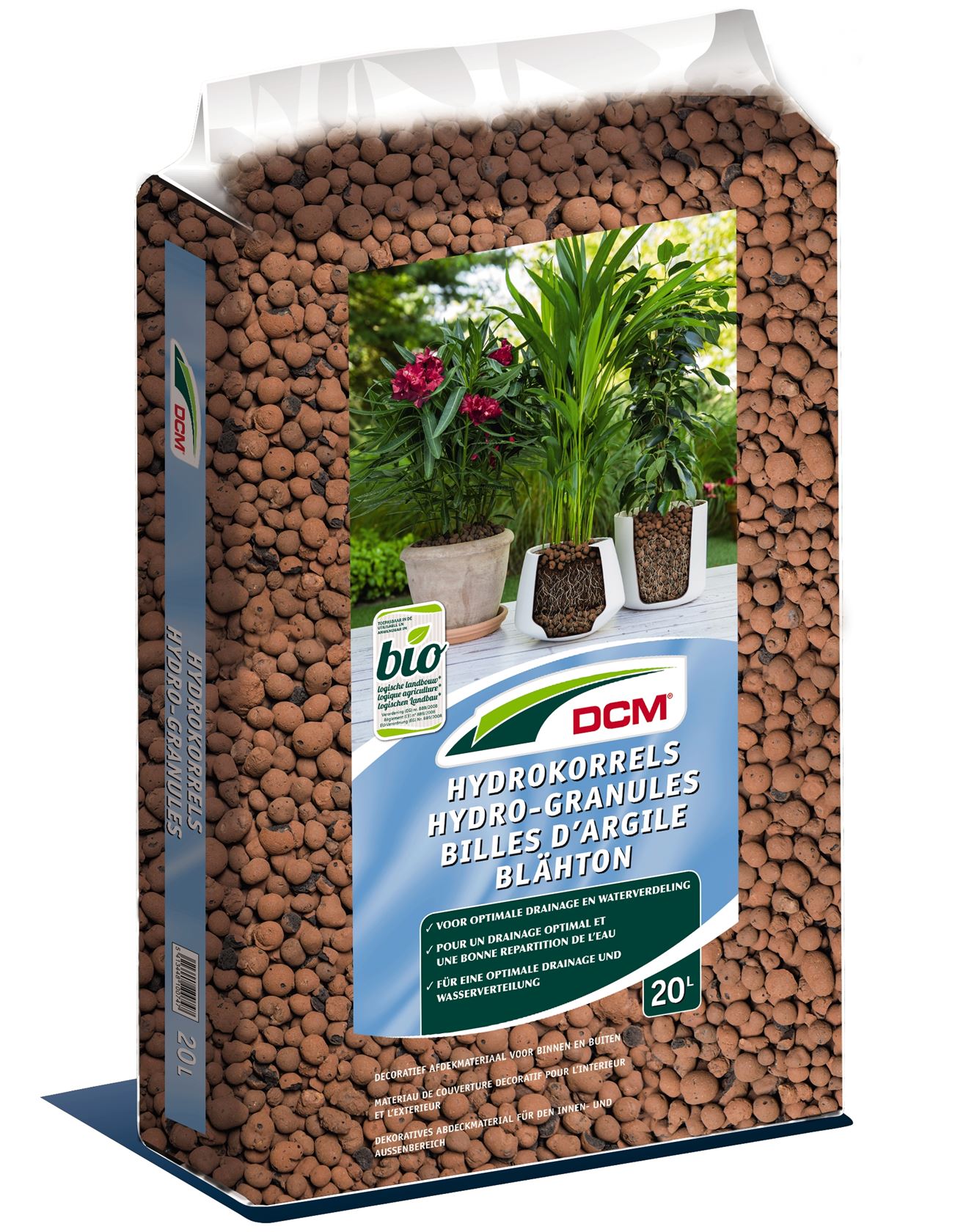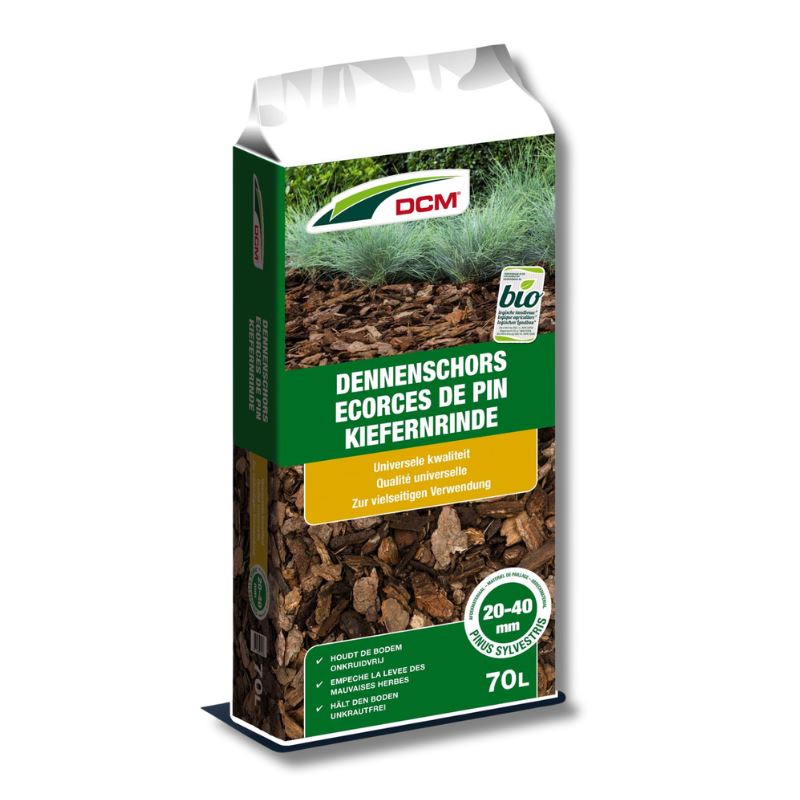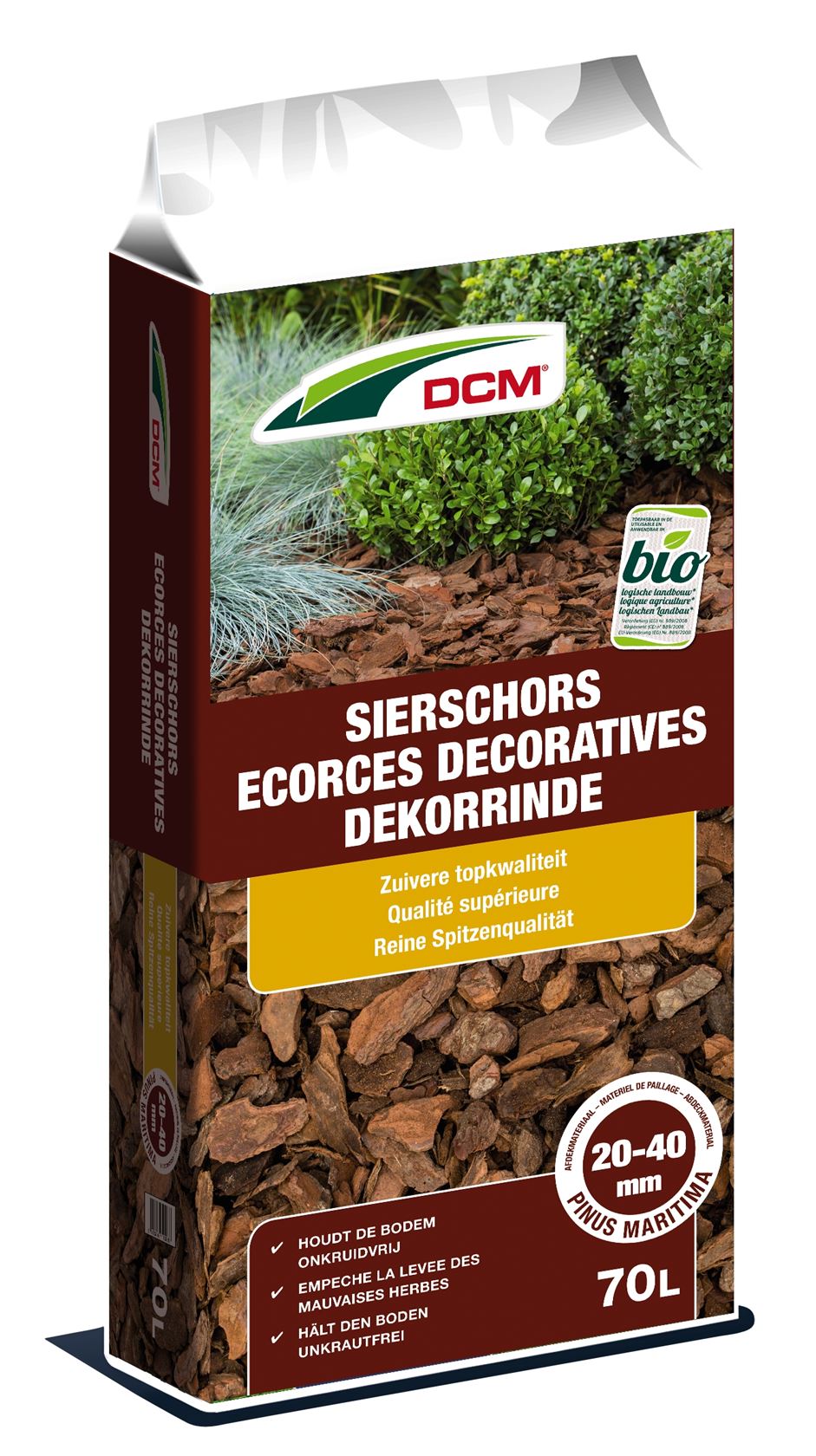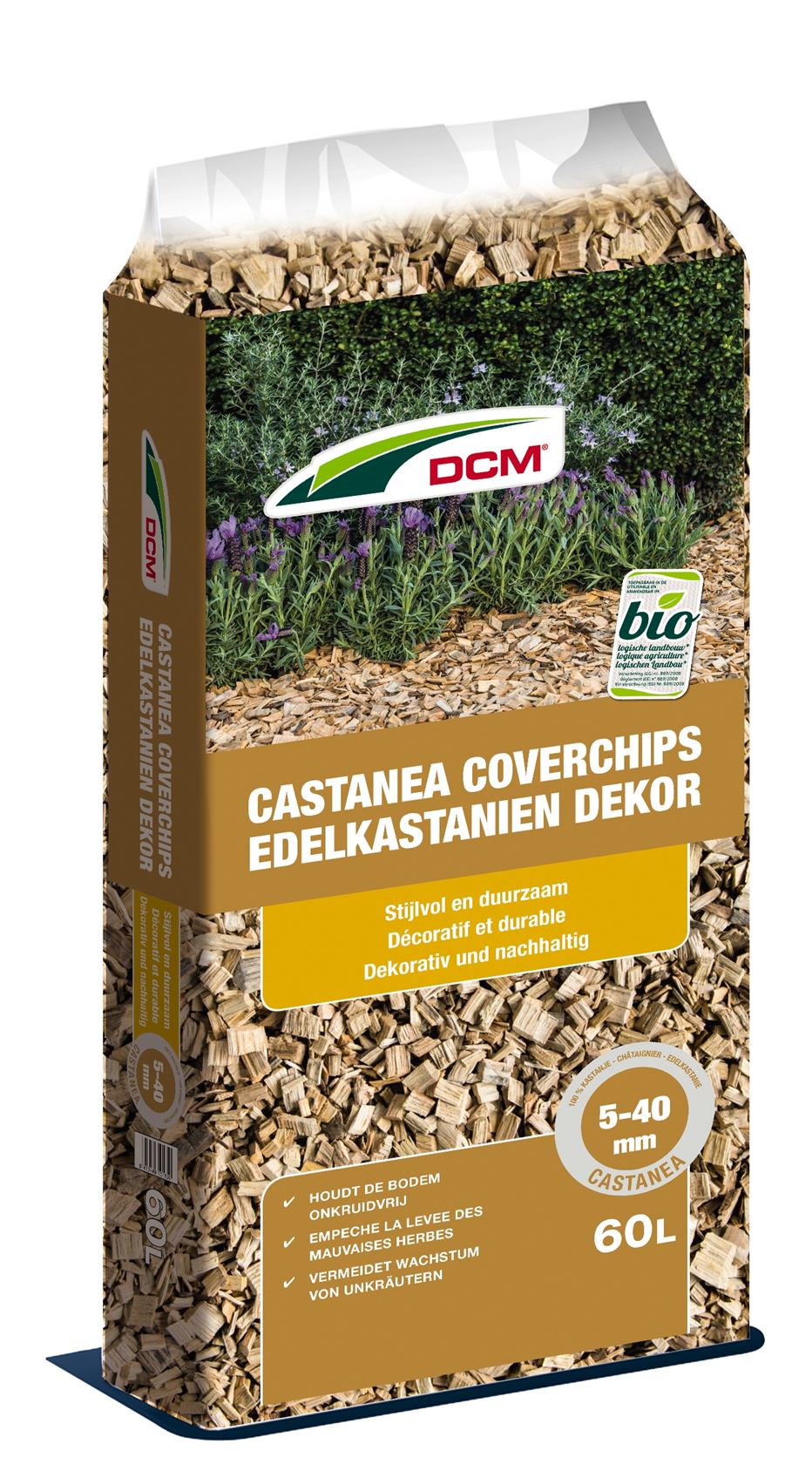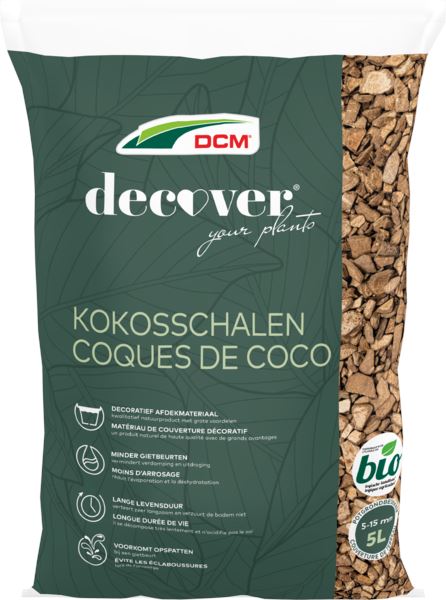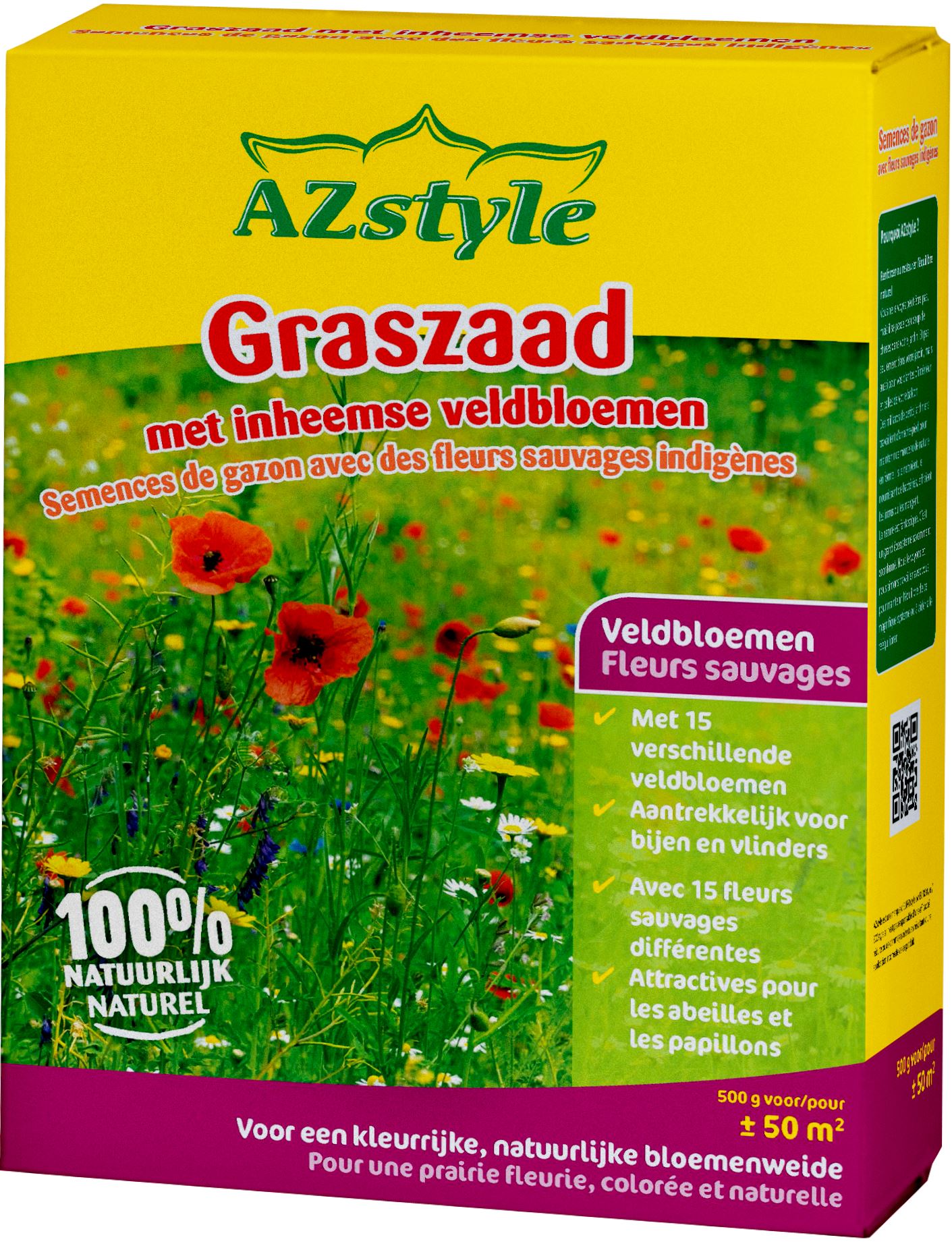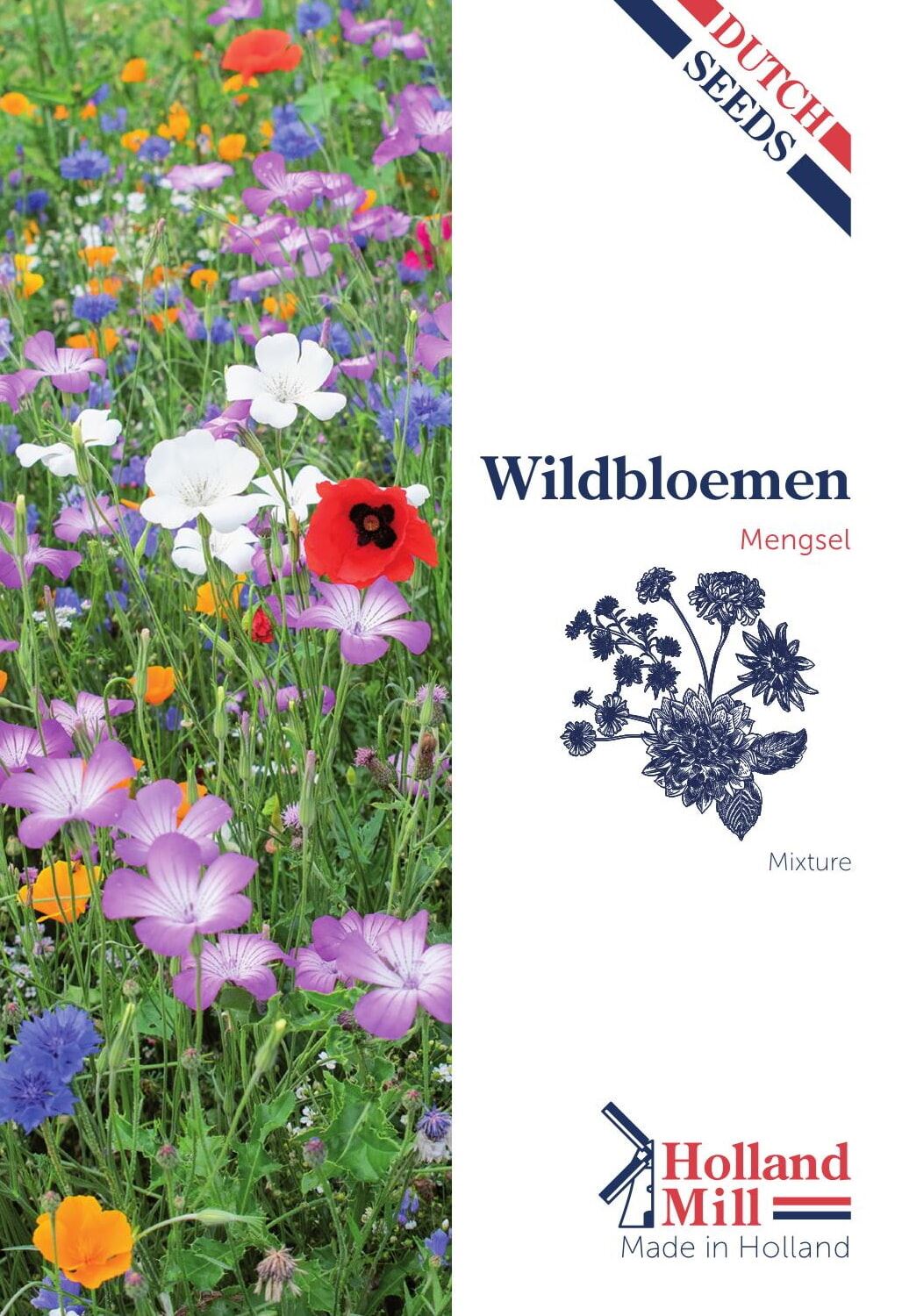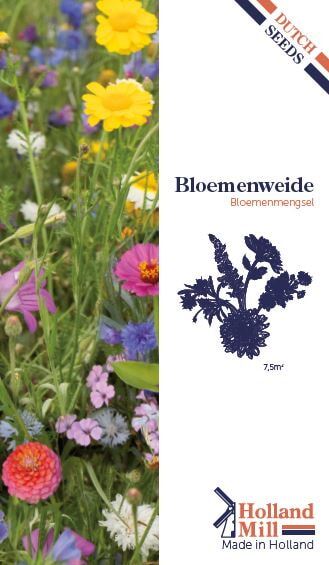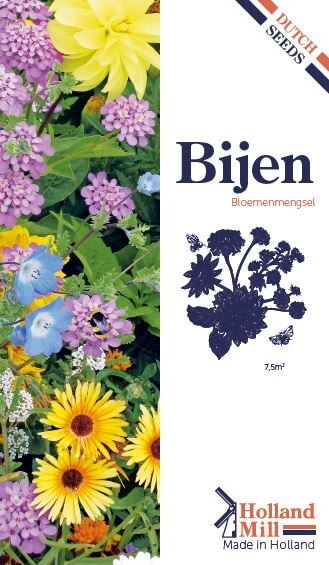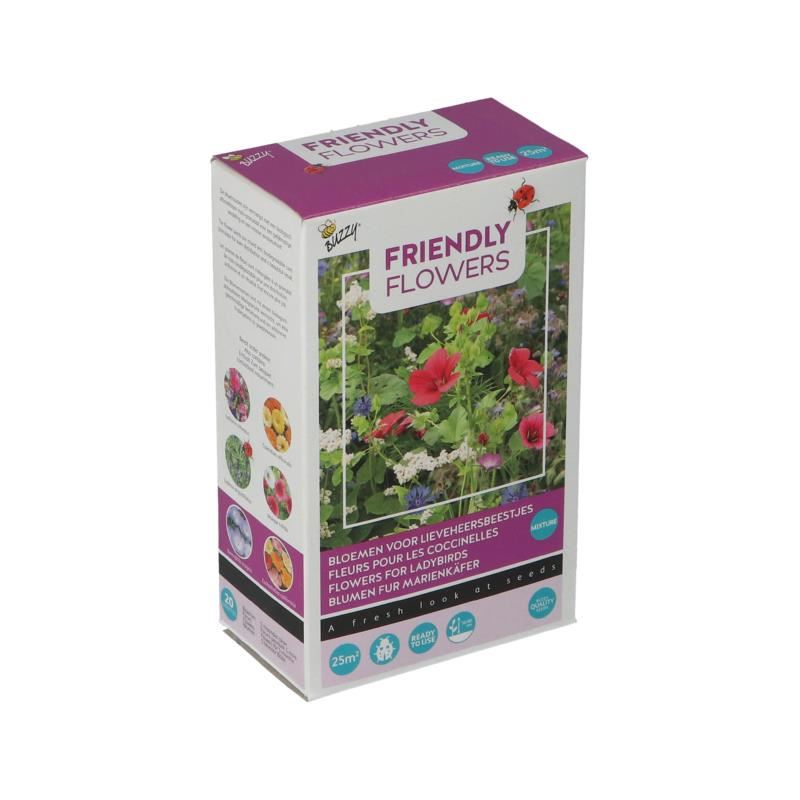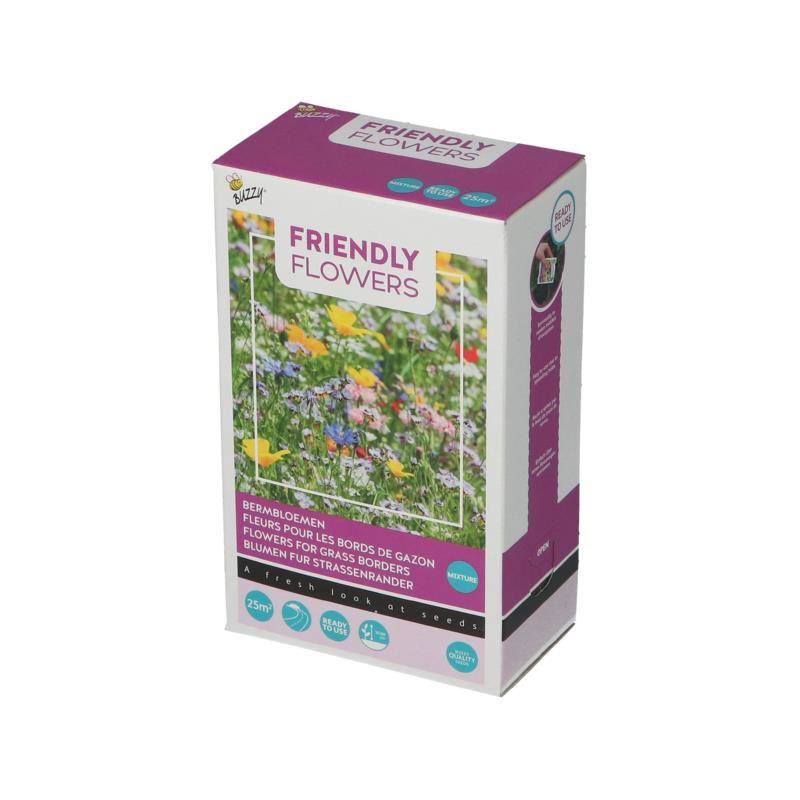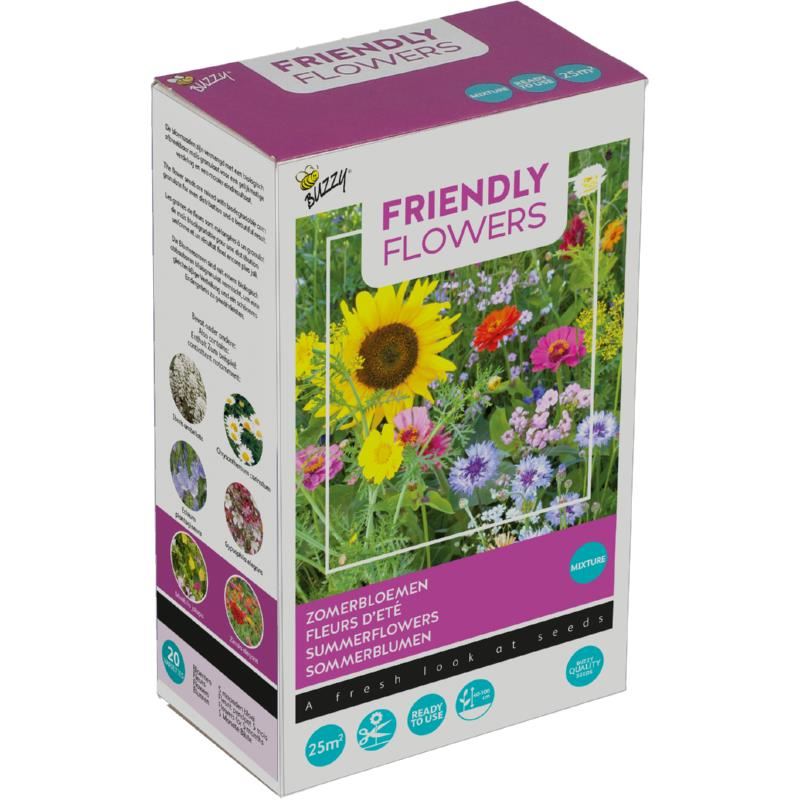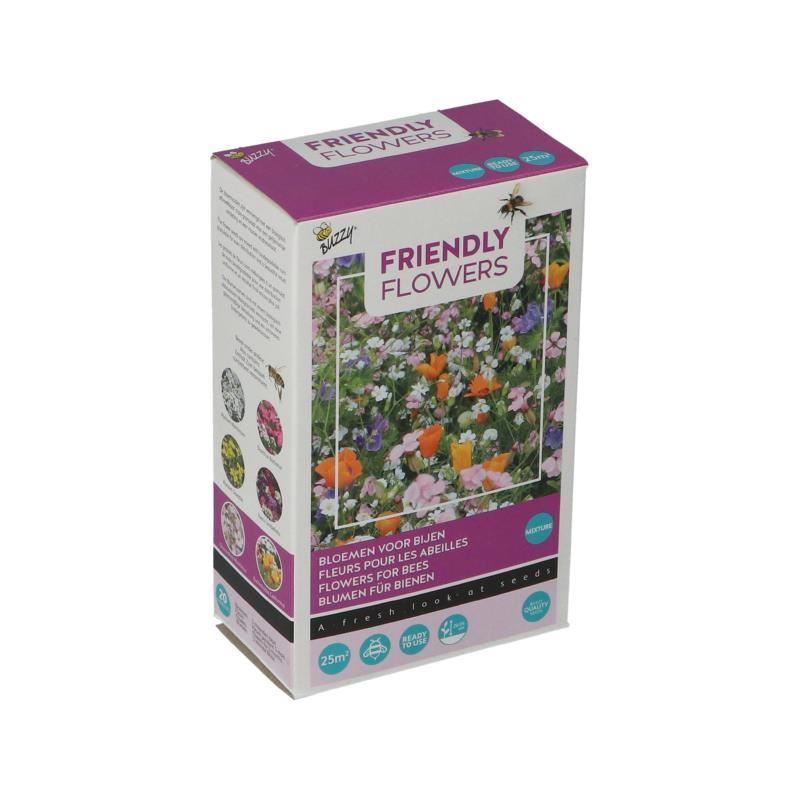
A wild garden: biodiversity starts in your garden
In a world where neatly trimmed lawns and symmetrical borders are often the norm, the wild garden is gaining ground. And rightly so! A wild garden is not only pleasing to the eye with its lush, natural appearance, it's also full of life. Birds, bees, butterflies and other useful insects feel at home here. What's more, such a garden requires less maintenance and helps to increase biodiversity in your own garden.
Benefits of a wild garden
- 🧑🌾Less maintenance: A busy job, children with lots of hobbies... Life is a rollercoaster. The meticulous upkeep of your garden also takes up a lot of time, which is not very compatible with your schedule. With a wild garden rich in biodiversity, you spend much less time looking after your garden. Because that's what it's all about: it doesn't have to be that neat. The time you used to spend on maintenance can be used to enjoy your wild garden.
- ♻️Good for biodiversity: the less you interfere in your garden, the better it is for the natural habitat of a diverse range of flora and fauna. Insects, butterflies and other beautiful creatures feel perfectly at home in a wild garden.
- 💧Natural drainage: less mowing means thicker roots. This makes the lawn more resistant to drought and easier to absorb water. The presence of more grass and other vegetation provides a better buffer against water.
- 💨Better air quality: No, your wild garden won't be enough to stop global warming. What it will do is ensure better air quality in your living environment. A perfectly trimmed and partially paved garden absorbs much less CO2 than a wild garden. What's more, trees and tall plants provide a certain amount of freshness. It's all very practical!
1: Using bark instead of tiles
Of course you want to be able to enjoy every nook and cranny of your beautiful garden. But it's a real waste of time to level out the flower beds every time. A walking path can be a welcome relief. Tiles or gravel may spring to mind, but there are many other possibilities. Using tree bark, you can easily create your own path that fits in perfectly with your wild garden and promotes biodiversity. After a few years, however, you'll need to spread the bark again. Bark is an entirely natural product that decomposes over time.
View recommended products 👇
2: Choosing indigenous plants
An exotic plant here and there in your wild garden? It's perfectly possible! But don't neglect native plants in your wild garden. You'll be doing biodiversity a big favour. Native plants are plants that originated in the Low Countries. They generally attract more bees, butterflies and other insects than non-native species. Thanks to thousands of years of evolution, native plants and insects enjoy an excellent symbiosis. This symbiosis is beneficial for biodiversity. In turn, a greater presence of insects attracts more birds.
3: Creating a flower meadow
When many people think of a lawn, they probably think of a uniform, perfectly manicured lawn. There's nothing wrong with that! But in a wild garden, it's a bit more than that. At least in terms of the types of vegetation. And this can be done with the help of a flower meadow! There are several wonderful mixes for flower meadows. Some mixtures even contain grass seed. The result is a beautiful lawn dotted with colourful flowers. It's definitely worth a try!
View recommended products 👇
4: Creating diverse habitats
A wild garden also immediately implies the presence of a diversity of animals. You can easily encourage this diversity by creating different habitats. Think of a flower meadow, a rockery, an insect hotel, nest boxes, a hedgehog house... The animals will automatically move to their favourite spot. You can also safely leave fallen branches or a pile of dry leaves. These are ideal hiding places for hedgehogs and toads, for example.

5: Fencing in the form of hedges
We leave it up to you whether or not to add a fence to your garden. What do you want? For a wild garden, choose a natural variety. Boxwood and laurel hedges are popular options, but beech or hawthorn are also good choices. Or do you want to add a splash of colour? Then you can opt for flowering shrubs such as rhododendrons or hydrangeas.
Be aware, however, that these options are not pet-proof! Another option is to opt for a ready-to-use fence made from natural products. Think bamboo fencing, heather matting or sheep fencing.
6: Creating a DIY pond
The presence of water is an important factor in attracting the necessary fauna. Dragonflies, birds, but also frogs. They all attract water. A pond is therefore always an added value in a wild garden to enrich biodiversity. And it doesn't have to be an oversized dug-out pond. Creating a pond can be an excellent DIY project. A shallow container or an old planter that you no longer use can serve as a mini pond. Feel free to use your imagination! Just make sure the animals can get in and out easily if they use the pond as a watering hole.
Want to know more about garden maintenance and sustainability? Take a look at these tips!
More info? Receive all our gardening tips directly in your mailbox!
We'll only email you handy facts, green advice and our best promotions & discounts. You'll receive it about once a week and you can unsubscribe at any time. No spam, promise 🤞

